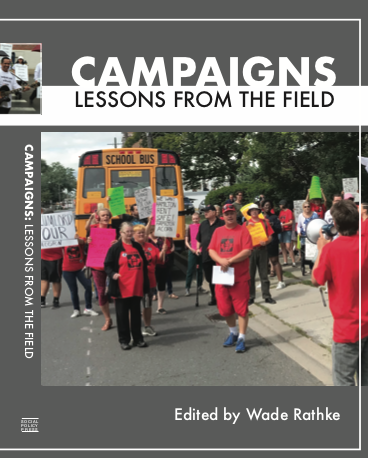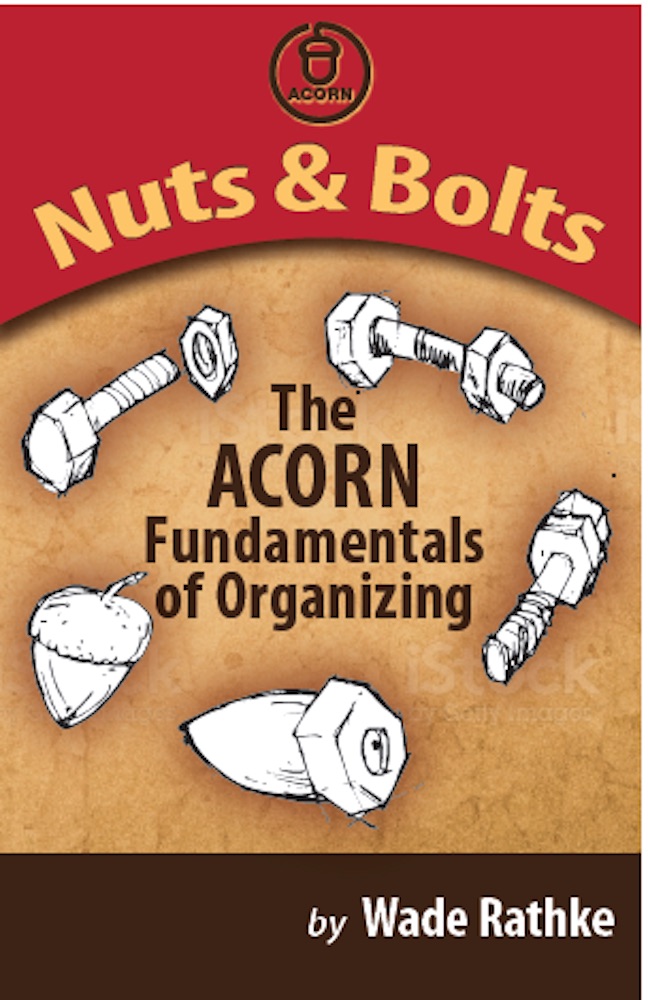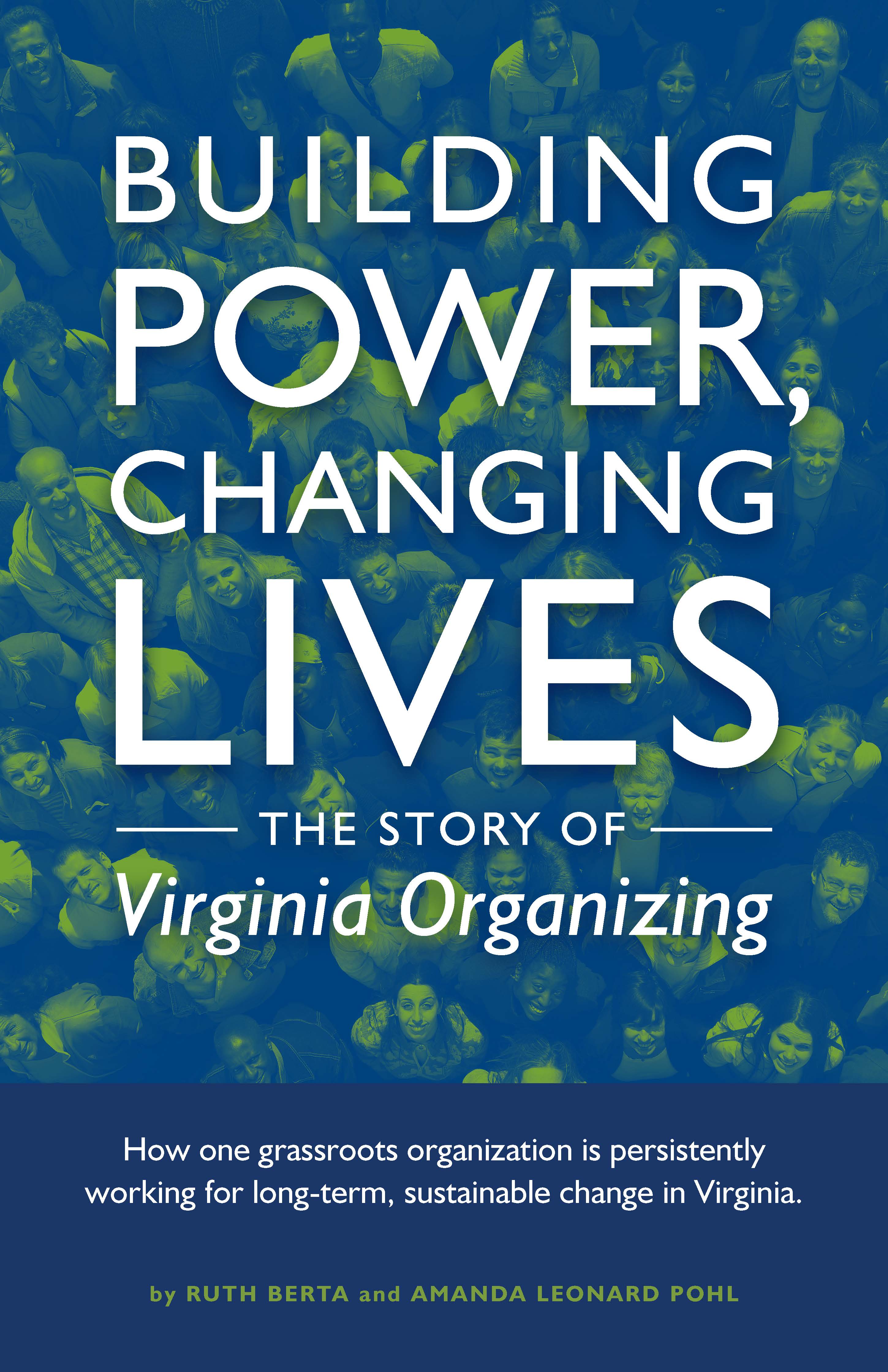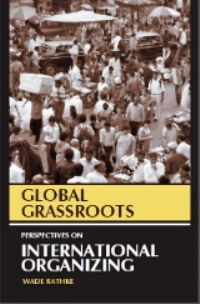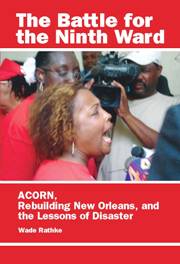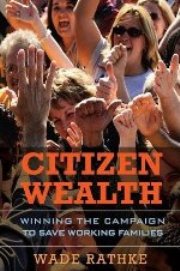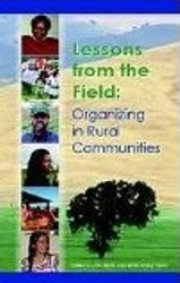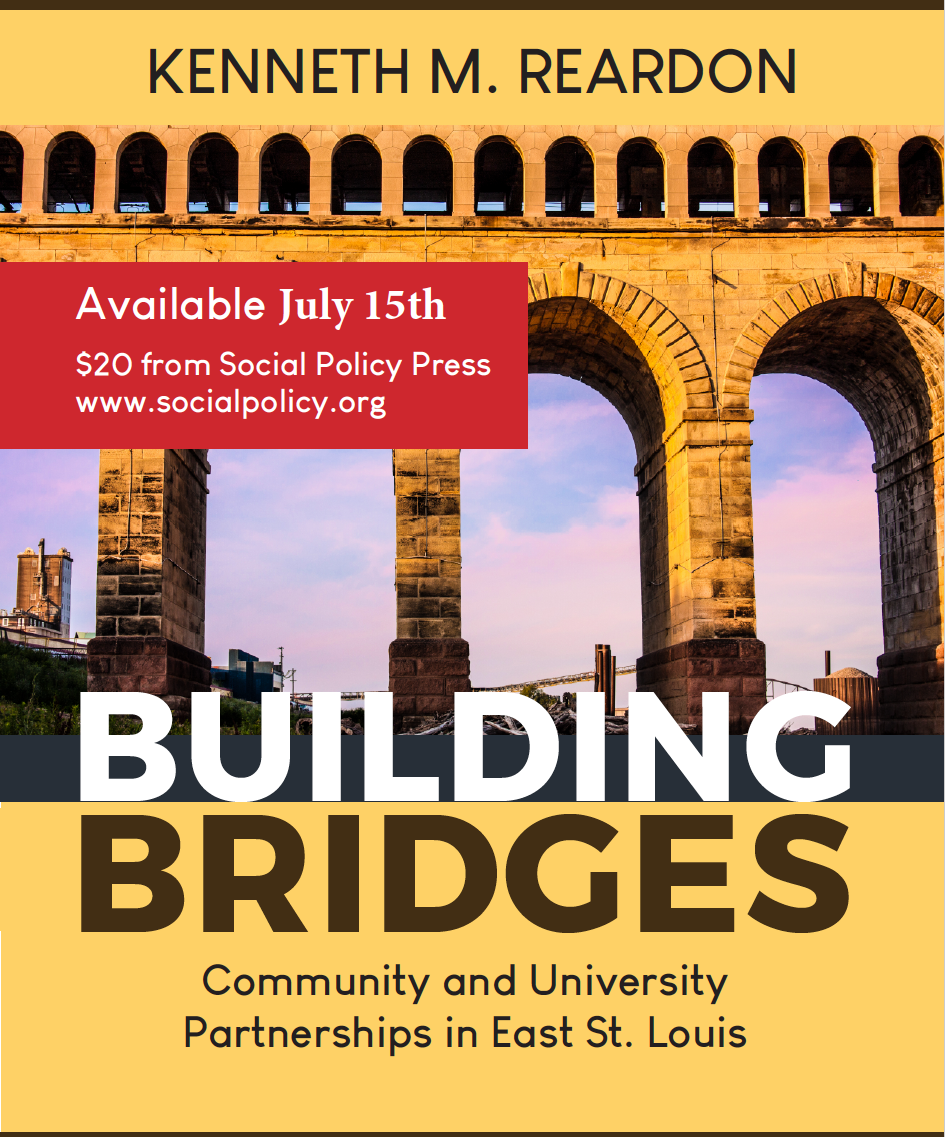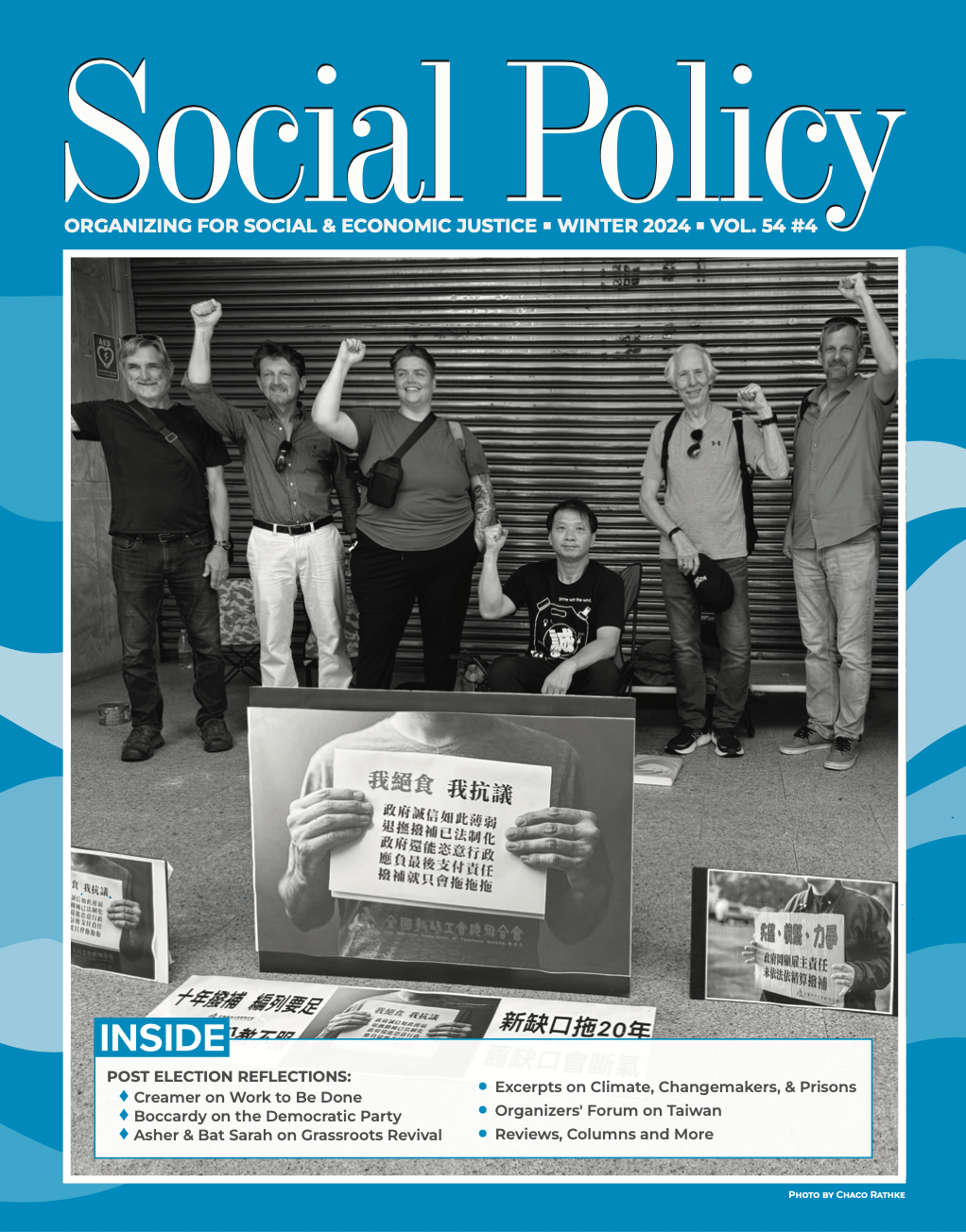EXCERPT - Creating Green New Deal Jobs from Below
Written by Jeremy Brecher
An Excerpt from Jeremy Brecher’s The Green New Deal from Below: How Ordinary People Are Building a Just and Climate-Safe Economy. Copyright 2024 by the Board of Trustees of the University of Illinois. Used with permission of the University of Illinois Press.
While the Green New Deal has languished for five years in Congress, community groups, unions, city and state governments, tribes, and others outside the federal arena have been creating their own Green New Deal programs – from below.
The Green New Deal has all the hallmarks that foreshadow new forms of organization and action by ordinary people.
Although the Green New Deal is often thought of as a remedy for climate change, a central part of its focus has always been on jobs and economic inequality. The Green New Deal proposed a mobilization plan to create millions of jobs protecting the climate. But it also proposed to use climate mobilization as a vehicle to transform the world of work. It included as part of its mobilization plan:
- Quality jobs: high-quality union jobs that pay prevailing wages, hire local workers, and offer training and advancement opportunities
- Job guarantee: guaranteeing a job with a family-sustaining wage, adequate family and medical leave, paid vacations, and retirement security to all people
- Worker rights: the right of all workers to organize, unionize, and collectively bargain free of coercion, intimidation, and harassment
- Labor standards: labor, workplace health and safety, anti-discrimination, and wage and hour standards across all employers, industries, and sectors
Many of these objectives require action by the federal government. But in the absence of national action, Green New Deals and similar initiatives around the country have been making building blocks for them at local and state levels
CIVILIAN CLIMATE CORPS
One of the most famous agencies of the original New Deal was the Civilian Conservation Corps (CCC), which provided jobs and training for 3 million young Americans during the Great Depression of the 1930s. A Civilian Climate Corps has been a central proposal of the Green New Deal. And such corps are being developed by the Green New Deal from Below. They are often located in the poorest neighborhoods and have as an objective, along with climate protection, the reduction of crime and violence through youth employment.
The Climate Strike and march in Pittsburgh on September 24, 2021. Photo by Mark Dixon, Wikimedia commons.
When Boston’s Green New Deal wanted to establish a youth green jobs corps, they looked to PowerCorpsPHL for a model. PowerCorpsPHL was established in 2013 by Philadelphia city agencies and AmeriCorps, a federal stipend, volunteer work program designed to help communities address poverty, the environment, education, and other unmet human needs. More than 600 young people have been through its programs. A new cohort of sixty enter the corps each spring and fall. Sixty percent of them have adult criminal records. To join the corps they must have a GED or high school diploma.
During the first phase of the program, which lasts seventeen weeks, new corps members are paid $10 per hour to engage in work-readiness, career-exploration, and team-building activities, like planting trees. During the second phase, which lasts nineteen to forty-six weeks, graduates of Phase 1 receive training in “industrial academies”: The Urban Forestry Academy, the Green Stormwater Infrastructure Academy, and the Solar and Electrical Academy. They are paid $11 per hour and work with mentors from government agencies, nonprofits, and industry.
Attrition is 25 percent in Phase 1 and only 15 percent in Phase 2. Philadelphia’s criminal recidivism rate is 45 percent; for PowerCorpsPHL members it is 8 percent. PowerCorpsPHL connects more than 90 percent of its graduates to jobs or higher education—and 92 percent of them succeed. The corps maintains a full-time social worker to help with needs like access to medical care and childcare and provides lifetime support services for all graduates.
New York City’s Green New Deal, launched in 2019, promised investments, legislation, and action to reduce emissions nearly 30 percent by 2030. In 2021 the New York Mayor’s Office of Criminal Justice provided a $37 million grant to create a Civilian Climate Corps. The mission of the corps is to help create the workforce needed for the city’s climate protection program by providing training and jobs to people in neighborhoods affected by gun violence.
The Civilian Climate Corps recruits workers from low-income neighborhoods with high rates of gun violence. They received $20 per hour during their training. The corps provides one month of classes in workplace etiquette and business communication followed by two months of technical training, including low-voltage electrical work, HVAC installation, and workplace safety training. Most workers then continue with on-site apprenticeships. By 2023, 1,700 people, 80 percent of whom had been unemployed or underemployed, had graduated from the corps’ training program. More than 400 participants secured jobs in related fields, and 60 percent had completed the Occupational Safety and Health Administration training, often required for such employment.
States are also developing climate corps. In 2020, California launched the California Climate Action Corps, the country’s first statewide corps of its kind with the mission of empowering Californians to take meaningful action to protect their homes, health, and communities against the impacts of climate change. This initiative engages Californians through a variety of levels and activities, from an hour at home to a full year of service. It includes Youth Jobs Corps in more than twenty-five California cities and counties.
In 2021, Colorado established the Colorado Climate Corps to place AmeriCorps members in fifty-five counties across the state to protect public lands and help low-income communities brace for the climate crisis. In 2022 the Colorado Climate Corps placed the first 633 AmeriCorps members of the Climate Corps on the ground. They focused on wildfire mitigation and water and energy efficiency. The program rapidly expanded to include supporting local governments and nonprofits in planning for and addressing sustainability and climate change issues.
These climate jobs corps are creating models that can be greatly expanded for other cities and states—and for the United States as a whole. They provide a foothold for those who have been marginalized in the labor market. They provide opportunities in communities that have been plagued with high unemployment and resulting crime and violence. And they provide the training and experience necessary for a greatly expanded workforce able to meet the objectives of climate protection and the Green New Deal.
GREEN NEW DEAL JOBS
There is no question that local and state Green New Deals are creating thousands of jobs. The exact number is almost impossible to calculate, but there are many examples just in the Green New Deals described in The Green New Deal from Below.
The Los Angeles Green New Deal plan laid out 445 initiatives estimated to create 300,000 green jobs by 2035 and 400,000 by 2050.
The Ithaca Green New Deal planned to create 1,000 jobs in the region in its first 1,000 days.
The Illinois Climate and Equitable Jobs Act was expected to create thousands of new jobs. The solar industry alone expected to increase its Illinois workforce by almost 50 percent in 2022.
The “California Climate Jobs Plan” proposed by twenty California unions would create more than a million jobs, including 418,000 clean energy jobs per year and 626,000 additional jobs per year through investments in related areas such as water infrastructure, leaky gas pipelines, public parks, and roadways.
According to California Gov. Gavin Newsom, the climate-related laws passed in 2022 will create 4 million jobs.
IBEW 569 members have logged millions of work hours building more than a gigawatt of solar and wind projects, installing rooftop solar and electric vehicle charging stations at homes and businesses, and constructing large energy storage projects. Local 569 brought hundreds of local residents into the IBEW who were able to build renewable energy projects in their local community.
In Portsmouth, Virginia, the Spanish wind turbine manufacturer Siemens Gamesa plans for 310 jobs to make preparations for a new offshore wind farm. Two hundred sixty of them would be in a finishing plant where blades are painted and assembled. In New York, Marmen of Canada, Welcon of Denmark, and Smulders of Belgium are planning a facility to make steel towers for offshore wind turbines; it will employ up to 350 people.
MAKING GREEN JOBS BE GOOD JOBS
Simply creating a larger number of jobs does not solve the problem that so many jobs are underpaid, insecure, dangerous, dead-end, and otherwise degraded. Many climate-related jobs, for example, installing solar panels, are often low-paid and insecure with abusive labor practices. The Green New Deal program has not only proposed to create millions of jobs, but also committed to implement health and safety, antidiscrimination, and wage and hour standards of part of creating an expanded workforce.
Local Green New Deals, especially at the state level, have taken the problem of job quality head-on. The Green New Deal from Below presents many cases where coalitions, often led by unions, have successfully incorporated job protections and standards into Green New Deal and other climate protection legislation. For example:
- The Illinois Climate and Equitable Jobs Act requires prevailing wages for all nonresidential projects. Utility-scale solar and wind projects must establish project labor agreements. State rebates for electric vehicle infra- structure depend on payment of prevailing wages.
- Maine’s 2019 Green New Deal Act requires construction of grid-scale power generation to employ people from an apprenticeship program. Legislation also required a project labor agreement on the state’s first offshore wind project.
- Connecticut legislation requires renewable energy developers to partner with approved in-state apprenticeship and pre-apprenticeship programs. It requires prevailing wage for nonresidential utility-scale or grid-connected projects that are assisted by the state.
- New York State’s 2021 budget included new renewable energy job standards. They require prevailing wage and project labor agreements for construction on renewable-energy projects and labor peace agreements for operations and maintenance work.
MAKING GREEN JOBS BE UNION JOBS
The ability of states and municipalities to require union recognition or even employer neutrality in union elections is severely limited by law. Nonetheless, Green New Deal–type legislation and policy initiatives are making it easier for workers to organize. For example, the 2022 Fast Foods Accountability and Standards Recovery Act gave bargaining rights to California’s half-million fast food workers. It established a fast-food council made up of workers, franchise owners, and franchising companies like McDonald’s that will negotiate employee wages, hours, and working conditions. And new legislation allows farmworkers—whose unionization efforts are often impeded by geographical dispersion and mobility—to vote to unionize by mail rather than exclusively in person.
Unions are encouraging a wide range of policies to make it easier for workers to organize. For example, IBEW local 569 has proposed that employers and other entities:
- procure power from union-generated sources;
- employ unionized customer service representatives;
- sign project labor agreements on each power generation project;
- sign project labor agreements on energy efficiency projects/ programs;
- agree in writing to neutrality in the event employees or subcontractor employees wish to unionize.
Meanwhile, workers in the “green economy” are organizing themselves and becoming a force for building the Green New Deal from Below. The recently formed Green Workers Alliance is a worker organization made of current and aspiring renewable energy workers demanding more and better green jobs. It is currently focusing organizing the 100,000 workers on utility-scale solar and wind projects. The alliance has won back lost wages and supported workers being mistreated by temp agencies and other employers. It launched a petition drive targeting utility companies Dominion, Duke, and AEP Renewables demanding that they move to 80 percent renewable energy by 2030.
GREEN JOBS FOR ALL -- THE NEXT FRONTIER?
A centerpiece of the original Green New Deal resolution is a “jobs guarantee,” ensuring jobs with a family-sustaining wage, adequate family and medical leave, paid vacations, and retirement security to all who want them. It envisions a federal program somewhat like the original New Deal’s Works Progress Administration (WPA) that would provide funds for nonprofit organizations, local governments, and other agencies serving the public to employ anyone who wants a job. In addition to climate protection, workers in the job guarantee program could also provide for a wide range of needs that can help reduce injustice and create a better way of life for all. These range from education to housing to protection and care for the environment. The WPA produced schools, parks, post offices, and other amenities that we still celebrate; a climate-jobs-for-all program could do the same today.
A climate jobs guarantee would provide much of the labor power needed for an emergency mobilization to transition to a fossil-free, climate-safe economy, as well as to meet a wide range of other public purposes. In this it resembles the home front mobilization in World War II, which recruited millions of workers to support the war effort. It would provide work experience and training that will allow its participants to move into higher skilled, higher wage jobs in the private and public sectors.
Could a jobs guarantee program work at a local or state level? So far nobody seems to have tried. There are proposals to create them, however. As part of his 2022 campaign for mayor of Washington, DC, city council- member Robert C. White Jr. proposed a jobs guarantee that ensures that everyone who wants a job could work. Some jobs would be created by the government, some by industry incentives, and some through government contracts.
White pitched the program as a means both to counter climate change and to address the city’s burgeoning crime rate. “This monumental program will drive down violence by giving people a real alternative to crime while addressing one of the most pressing issues of our time, which is climate change. For many people, the streets offer more opportunities than our government does. Violence occurs when people feel that engaging in crime has more benefits than the alternative of living within the bounds of the law. Given a choice between violence and a stable, good-paying job, most people will choose the job.” The program would produce up to 10,000 new city positions, a nearly 30 percent increase in the size of the city’s current workforce of 33,000. It would cost an estimated $1.5 billion a year, roughly equal to the city’s annual budget increases in recent years.
In April 2023, Philadelphia city council member and mayoral candidate Helen Gym proposed to guarantee a job to every person thirty and under as part of a comprehensive plan to fight violence and crime. Her proposal included paid work for youth both in summer and through the school year. It would prioritize young people in the zip codes most impacted by gun violence, with a goal of increasing youth employment 50 percent during the plan’s first summer.
The plan would expand Philadelphia’s pioneering PowerCorpsPHL program to provide a pathway to city employment, including work with land care programs to clear vacant lots that increase crime and to increase neighborhood greening as part of the city’s tree plan. It would partner with local businesses, institutions, and organizations and provide tax incentives and grants for hiring, training, and mentoring youth. It would ensure that these employers receive technical support around youth mentoring, youth development, and trauma-informed professional supervision. It would partner with the building trades unions and initiate a pilot class of 100 young people completing pre-apprentice and apprentice programs with a guaranteed track to employment by leveraging resources from the Infrastructure Investment and Jobs Act.
While guaranteeing climate jobs for all who want them will surely require federal resources, local and state job guarantee programs may provide a future target for Green New Deals from Below. They could help reduce poverty and unemployment, meet community needs, and create the workforce necessary to protect the climate.
A VISION FOR JOBS
Like many of its proposals, the Green New Deal jobs program combines concrete policies with a vision of social transformation. Job corps that would create a pipeline to good jobs for young people from impoverished and discriminated-against communities could create a pathway to good jobs and incomes for those who have been excluded from them. A massive expansion of jobs to meet climate and social needs could create full employment and strengthen the bargaining power of workers. Elevated standards for wages, job security, health and safety, nondiscrimination, and rights on the job could provide a baseline level of decency and dignity in the workplace. Enforcing the right of workers to organize and engage in collective action on the job would shift the balance of power between workers and employers both in individual workplaces and in society as a whole. A program of jobs for all could eliminate the scourge of unemployment and create an economic sector where workers could dedicate their labor to the public good.
Such measures could also open a vision of a different future for young workers. Maria Brescia-Weiler is an organizer for the Young Workers Project of the Labor Network for Sustainability, which is conducting a Young Workers Listening Project. She says,
We always ask young workers how they ideally envision their life and work 20 years from now. This question is almost always met by a blank stare, or some kind of sigh or groan and a long pause. But after that long pause, they paint pictures of a beautiful future, where we all have more time off to care for our loved ones and grow sustainable local food, where union construction workers have made public buildings like schools and post offices into community resilience hubs run on green energy, where they have access to safe, clean and reliable public transportation but there’s so much affordable housing in their community that they can walk to work. And they truly believe this future is not only possible but absolutely necessary. The key word is always IF—IF we can create a just transition from fossil fuels, led by the workers and community members who are most impacted.
The Green New Deal from Below is laying the foundations for that transformation of the working world.


